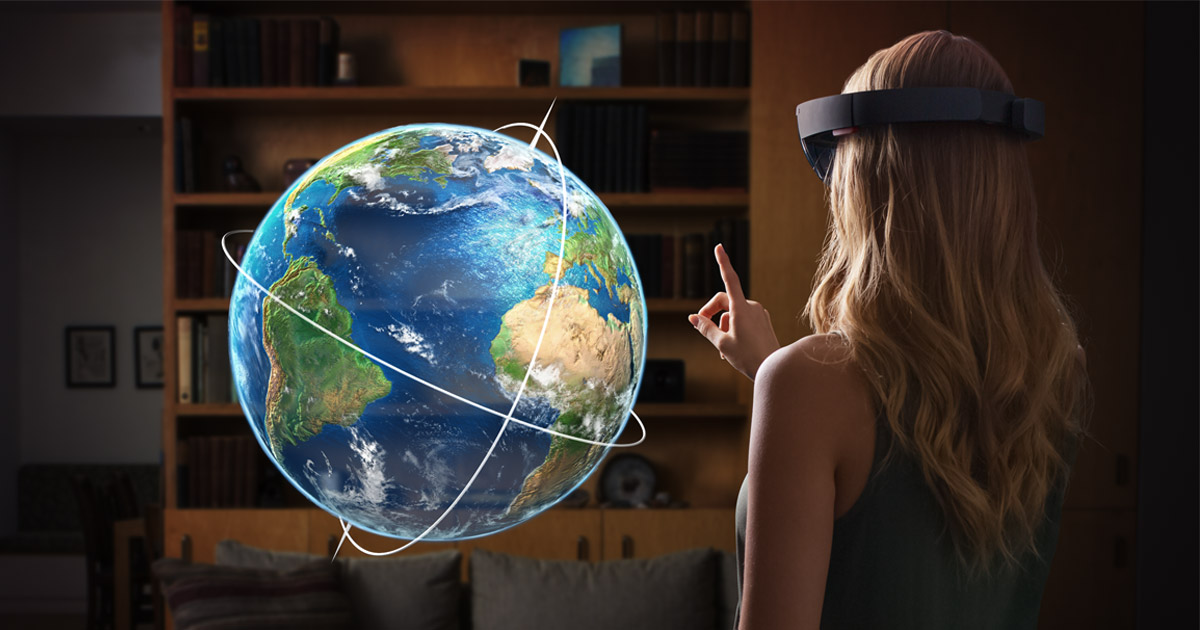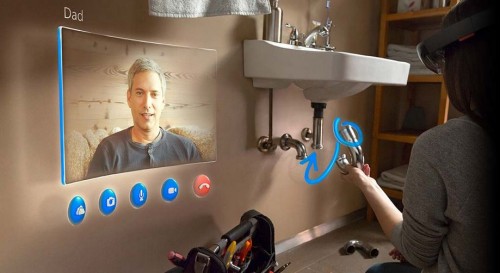
How will the Microsoft Hololens affect education?
On January 21st, Microsoft heralded a new era of Windows technology – the era of augmented reality. The Microsoft Hololens, unveiled alongside Windows 10, is a self contained computer in the form of a smart-glasses headset. Users can control the interactive interface using gaze, voice and hand gestures – the below video gives an idea of what things might look like to a Hololens user.
Here are some areas of education which could especially benefit from having access to the Hololens:
3D Computer Aided Design
We live in a world where the content of Science Fiction often acts like a taster of what technology is just around the corner. Case in point: Iron Man. In this series multi-billionaire Tony Stark assembles his amazing gadgets using cool holograms which he drags around with his fingers.
This idea is what would have captured the imagination of many when Microsoft announced the Hololens – because let’s be honest, you’d feel like a god! In the future, a Design Technology class wearing the device could shape their creations in the space around them before pinging them to be printed. This is the most obvious and clear way the Hololens can improve education, as a 3D interface would make it endlessly easier to, for example, identify a design flaw in a product design.
Medicine

In a recent demonstration at Build 2015, Microsoft showcased a major potential use of the Hololens – in the teaching of medicine. In a class using Hololens, students could theoretically walk around holographic anatomical models to see how bones, muscles and organs work in the context of a human body – much more efficient than using real cadavers or illustrations.
With their hands and fingers they could remove or isolate specific veins or valves to better identify their function, and bodily systems could be animated to see how things function. Using the interface students could even simulate operations – a good way of letting future doctors fail in a more low-stress environment.
Geography

Imagine a teacher using Hololens in a Physical Geography lesson. Using the interface a teacher could take his class on a virtual field trip into the heart of a volcano, showing them how it functions from the inside out. A 3D hologram of a tornado could appear, twisting away in the middle of the classroom, while the teacher points out to the pupils the different parts which form it.
In this way the Hololens could create an immersive experience which would really bring Geography to life – much more appealing than simply labelling diagrams!
Remote instruction

A fuse blows in one of your home appliances. What do you do? Many people would probably call in an electrician. But with the Microsoft Hololens you could directly contact an expert who, using holographic instructions, would explain clearly how to rewire a plug.
Both educational and a money saver in the long run, the uses of Hololens for remote instruction prove that its potential is in no way simply limited to the classroom.
____________________________________
Hololens represents yet another way that Microsoft is striving to make education more accessible and fun for everyone through technology, and we share this philosophy at MakerClub. Through our forward-thinking tech workshops we aim to give kids vital skills in areas such as coding, 3D printing and robotics.
Click here for more info about our exciting range of summer courses!
By Miles Rowland
Leave a Reply



